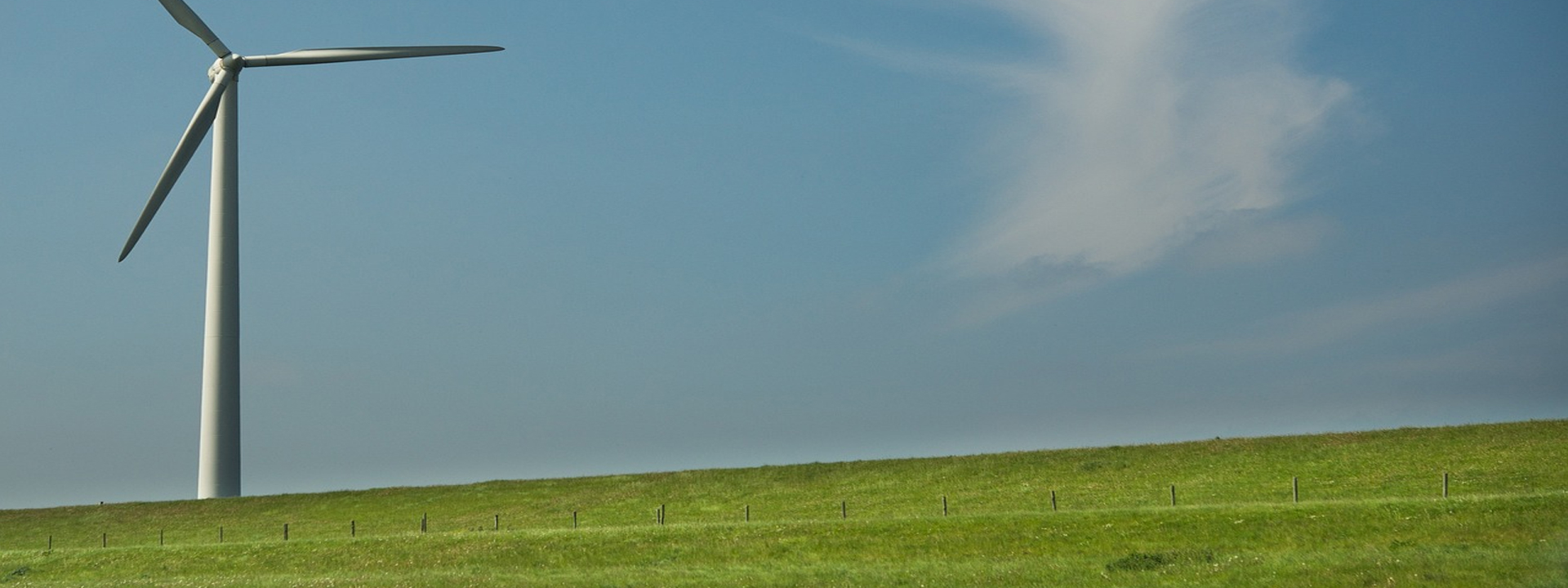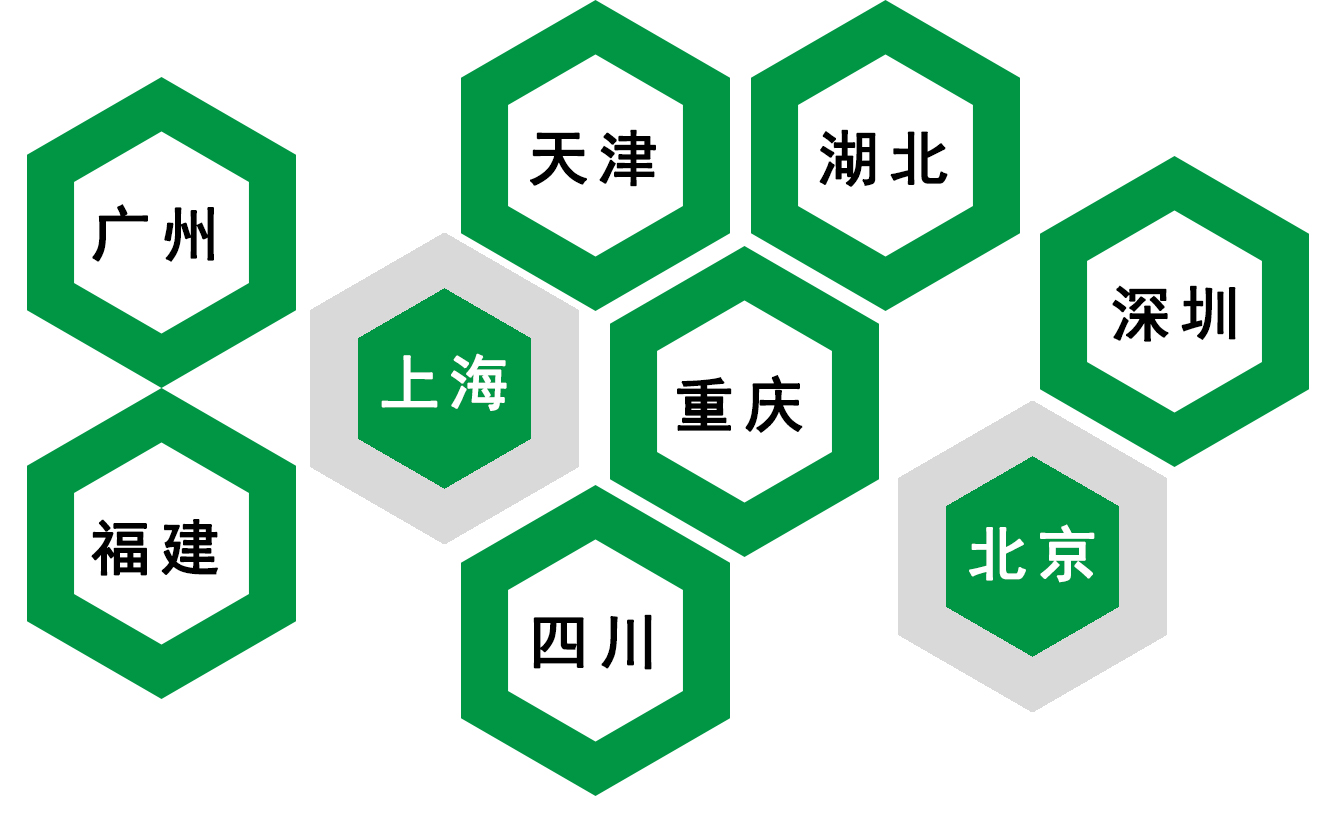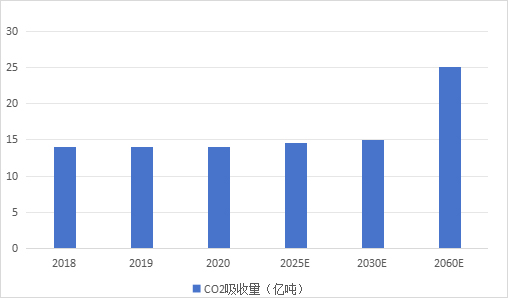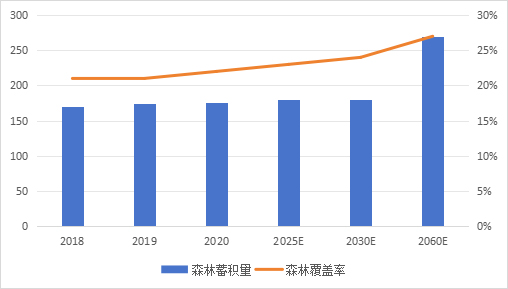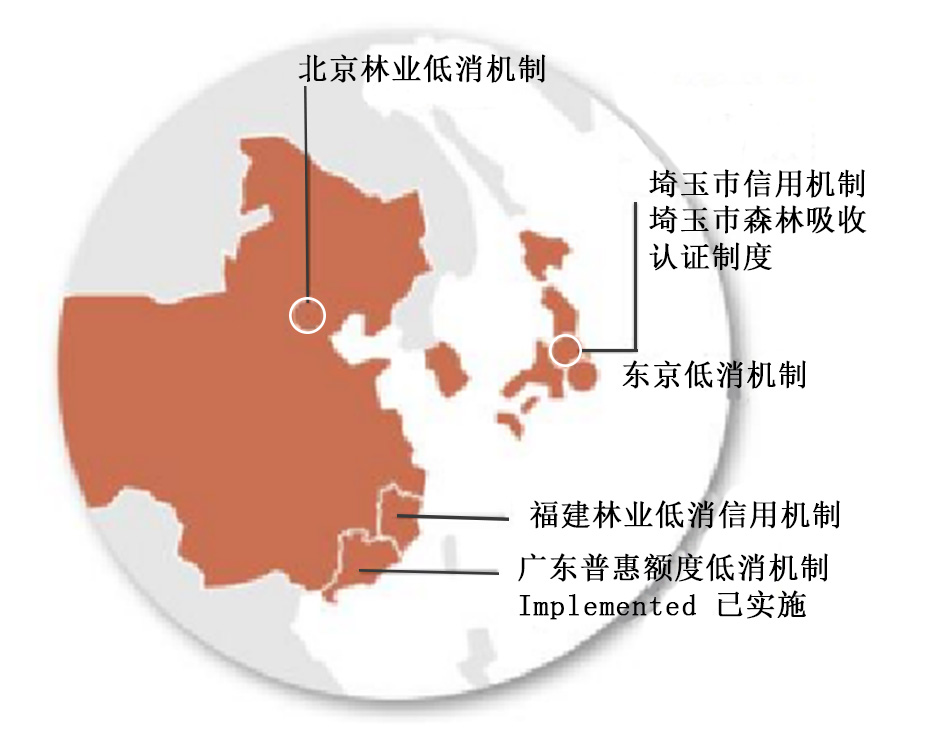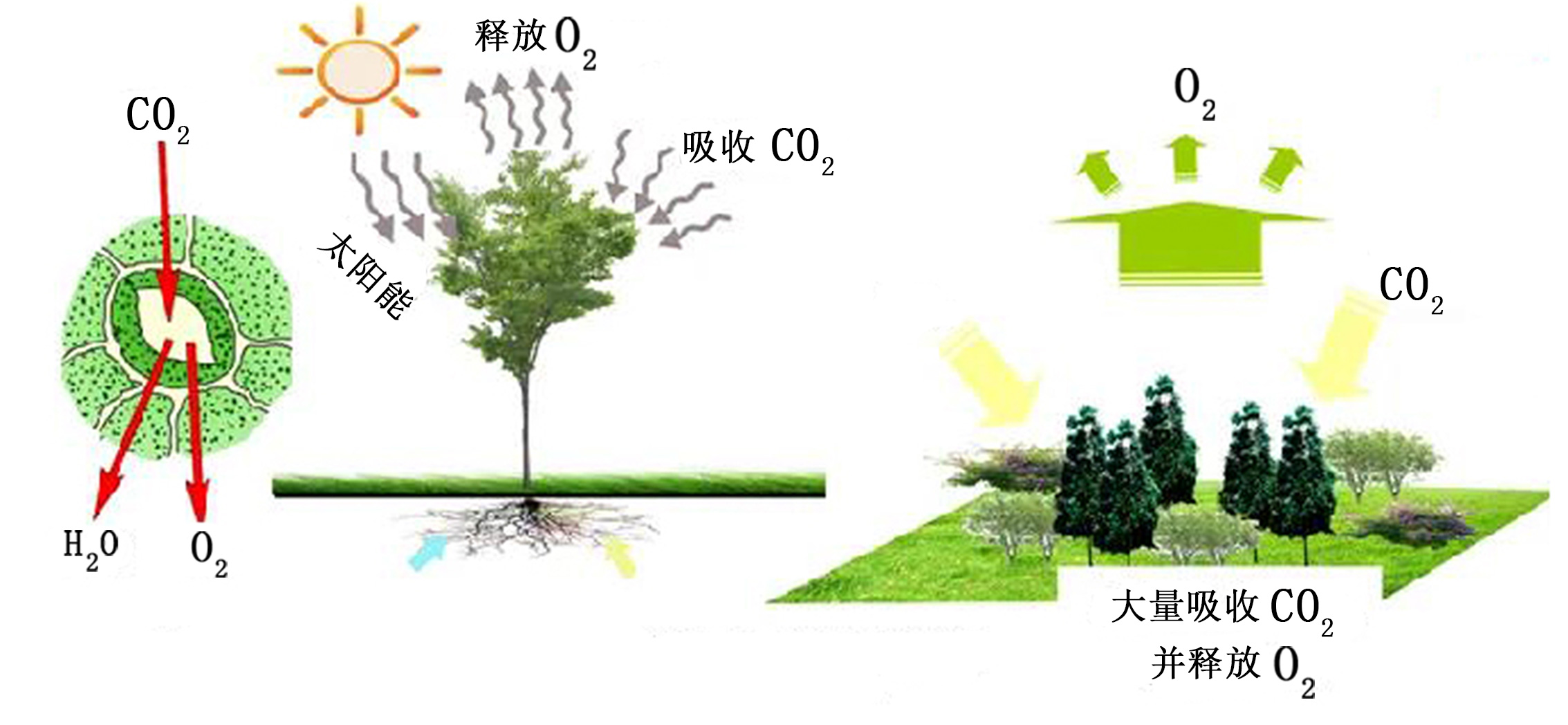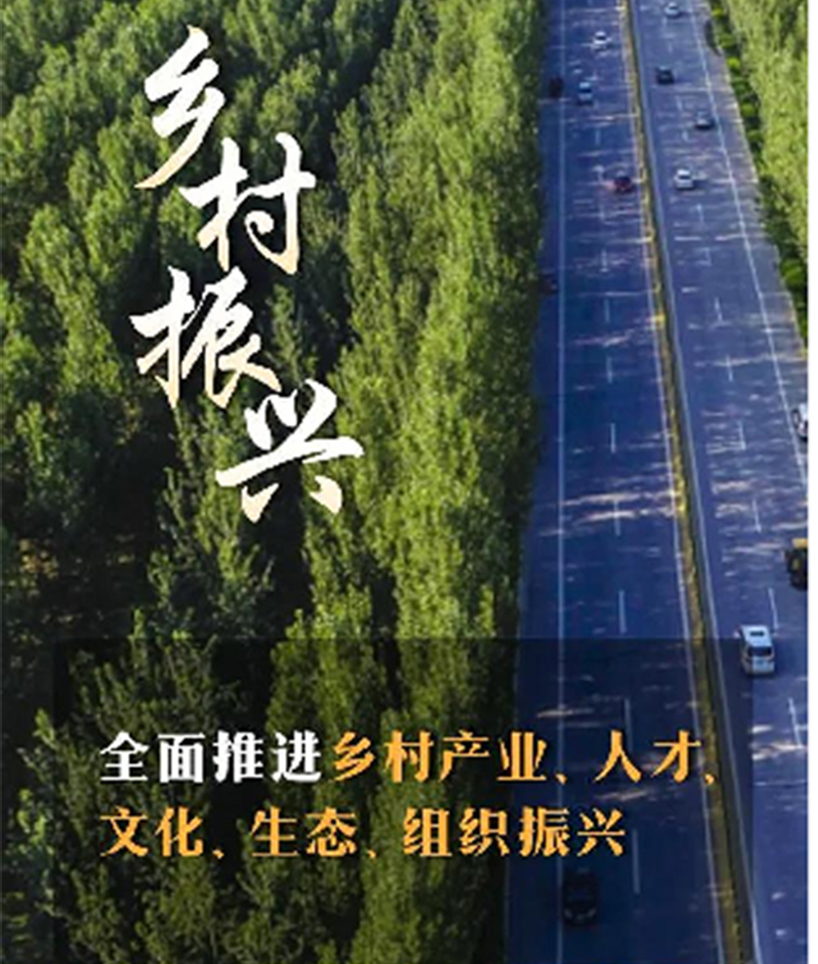Carbon Sink: generally refers to the process, activity and mechanism of absorbing carbon dioxide from the air. Including forestry, grassland, soil, wetland and marine carbon sink.
Carbon sequestration in forestry refers to the use of forests as carbon storage facilities to absorb and fix carbon dioxide in the atmosphere through activities such as reducing deforestation, enhancing forest management, Afforestation, and protecting and restoring forest vegetation, and in accordance with the relevant rules and carbon trading combined process, activities or mechanisms.
The development of forestry carbon sinks can be simply described as turning the carbon dioxide absorption capacity of a forest tree into a commodity that can be traded like a normal commodity. Trading to emission control enterprises, carbon-neutral enterprises.






 CN
CN